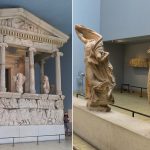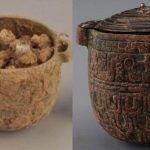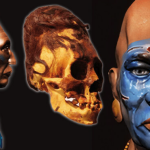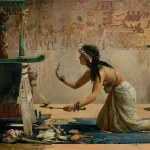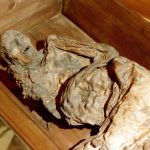Amenhotep III: Revealing the Magnificence of the Wealthiest Pharaoh of Ancient Egypt
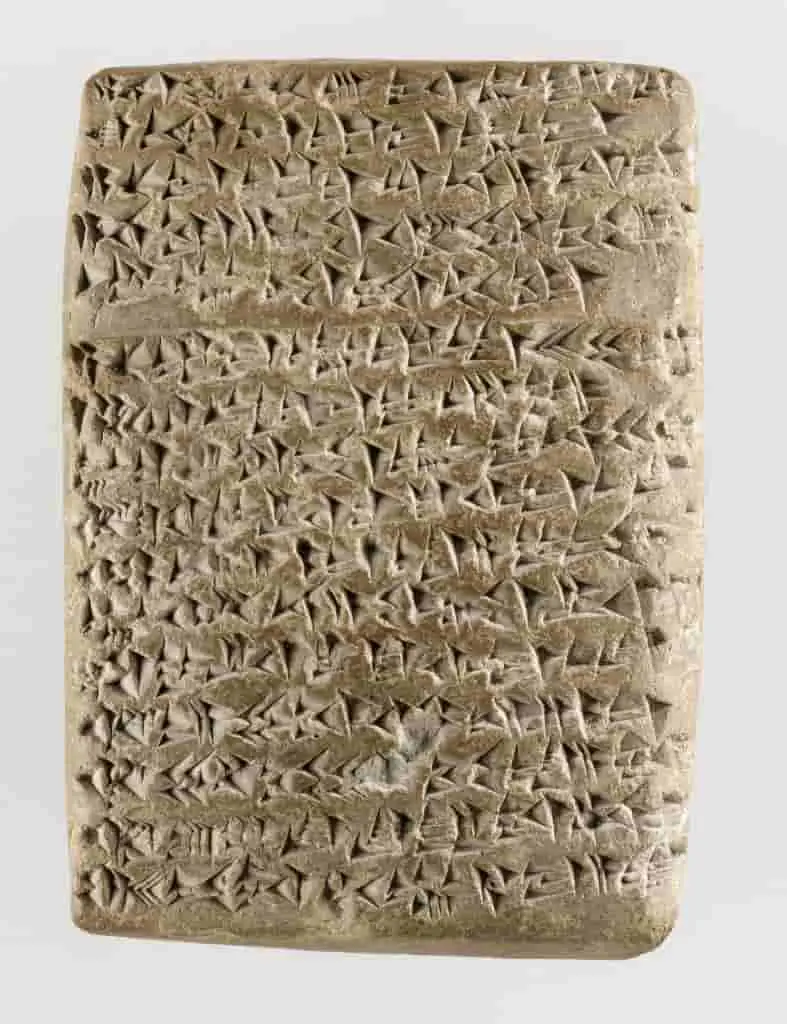
In the annals of ancient Egypt’s opulent history, the name of Pharaoh Amenhotep III gleams like a jewel in the desert sun, revered as the epitome of wealth, power, and magnificence. As the monarch who presided over one of the most prosperous periods in Egypt’s history, Amenhotep III’s reign stands as a testament to the unparalleled riches and splendor of the ancient world.
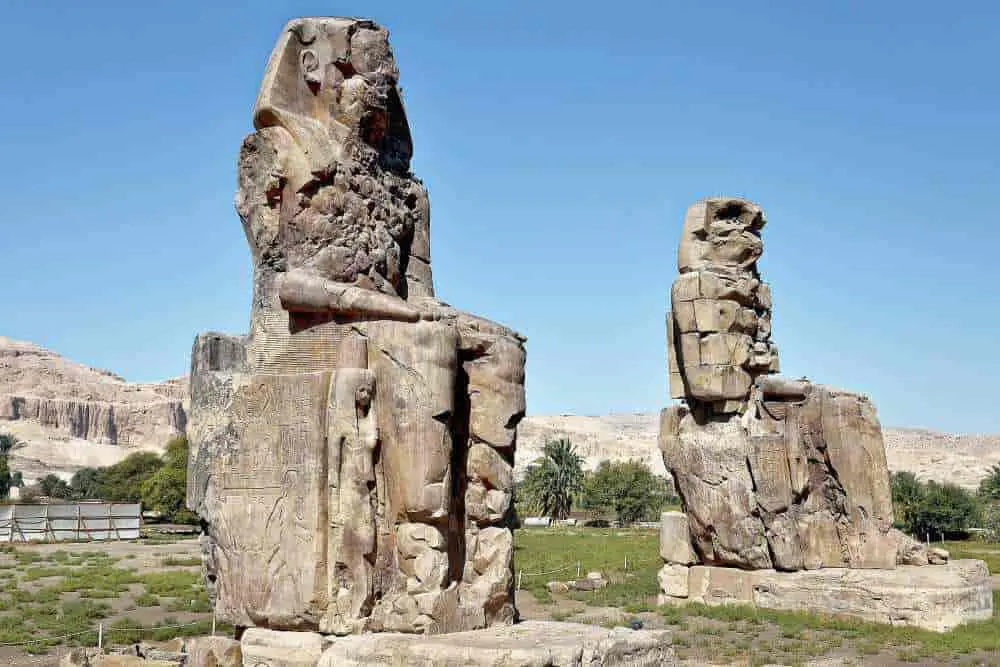
Born into a world of dynastic privilege and divine kingship, Amenhotep III ascended to the throne of Egypt at a time of unprecedented prosperity and cultural flourishing. Through a combination of shrewd diplomacy, strategic alliances, and wise governance, he expanded Egypt’s wealth and influence to unparalleled heights, transforming the kingdom into an economic powerhouse and cultural epicenter.

At the heart of Amenhotep III’s legacy lies his monumental building projects, which showcased the kingdom’s wealth and power to the world. From the grandiose temples of Karnak and Luxor to the magnificent palaces of Malkata and Memphis, Amenhotep III spared no expense in constructing edifices that would stand as monuments to his greatness for eternity.
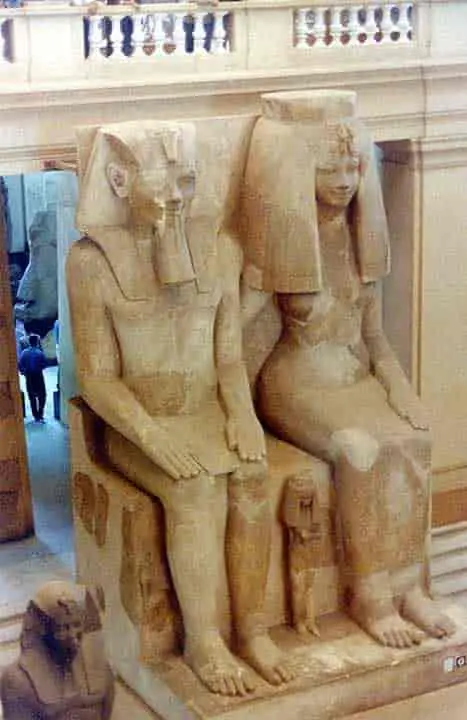
But perhaps the most enduring symbol of Amenhotep III’s wealth and opulence is the renowned Colossi of Memnon—a pair of massive statues that once guarded the entrance to his mortuary temple in Thebes. Carved from blocks of quartzite sandstone, these towering statues are a testament to the pharaoh’s wealth, power, and divine status, standing as silent sentinels of Egypt’s golden age.
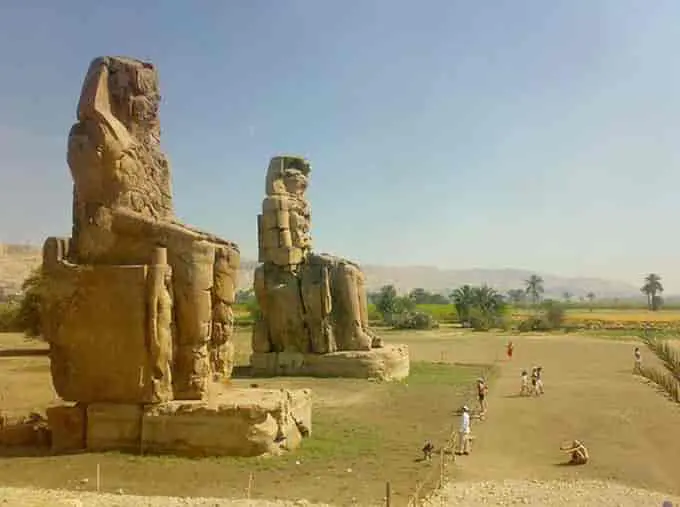
Yet, Amenhotep III’s wealth extended far beyond the realm of architecture and construction. Under his reign, Egypt became a center of trade and commerce, exporting its abundant resources—such as gold, ivory, and precious stones—to kingdoms near and far. The kingdom’s coffers overflowed with wealth, and its cities teemed with merchants, artisans, and traders from across the known world.

